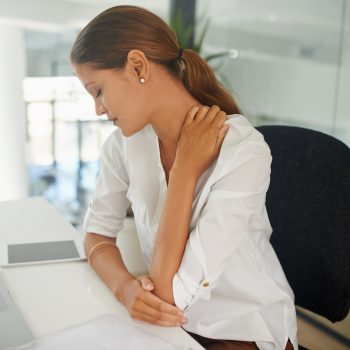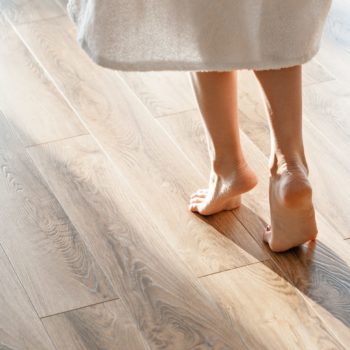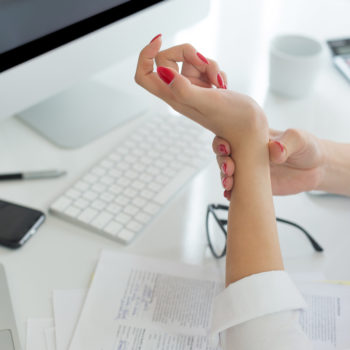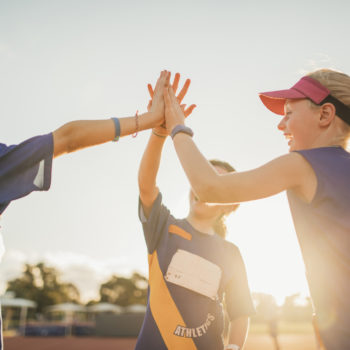A silent presence is often remembered when you feel pain, perhaps after a fall. It is the coccyx, the last trace of the presence of the tail of the Mammals in man: “It is the terminal tract of the spine, with four/five vertebrae melted together, immobile to differences in the other vertebrae of the stems”, explains Dr. Lara Castagnetti, osteopath and specialist in Physical Medicine and Rehabilitation at Humanitas.
A trauma to the sacral area (the coccyx articulates with the sacred bone in the sacrum-coccigeal joint) can cause coccyx pain. In this case, we talk about coccigodinia: “Everyone may fall back and be traumatized in this area, especially those who practice certain sports such as horseback riding, snowboarding or ice skating”, adds the specialist.
An acute and then deaf pain
After the fall, the individual will certainly feel pain and the trauma may leave a bruising: “The impact can be very strong and even cause a coccyx fracture. But trauma can also cause subluxation, with the last part of the coccyx moving inwards. A radiographic examination will assess the outcome of the trauma in these terms, while to detect any inflammation of the bone a resonance test will be required that will allow visibility of the edema of the bone tissue,” explains Dr. Castagnetti.
When you are not injured but feel pain, identifying its causes is more complicated: “For example, pain could be ascribed to postural problems. This can happen to those who have the sacred bone in a more horizontal position than the physiological vertical position. The deviation of the sacrum, with an alteration of the stem curve, can also affect the coccyx. Sedentariness and a spoiled posture, with the pelvis forward, sliding towards the edge of the chair, favor pain. However, in other cases, this may be the result of root nerve compression”.
Other tissues can also be involved in the onset of coccigodinia and not necessarily in the case of trauma: “These are the pelvic floor muscles, a sort of hammock that encloses the lower part of the pelvis. These muscles are pushed into the coccyx and therefore a coccygeal dysfunction can cause problems, even during defecation or sexual intercourse “.
The type of pain is a distinctive feature of the coccygodinia: “The pain is first acute but then tends to persist over time as a dull pain. The mechanisms of chronic pain are activated and discomfort is continuously experienced in the affected are, especially after long periods of sitting”.
Acoustic waves and traction
An advantageous treatment option is osteopathy: “The specialist will perform tractions and maneuvers on the stem and pelvis bones to rebalance the posture but also to release all other structures. An osteopath performs an overall assessment and also intervenes on the release of ligaments and muscles that are inserted on the coccyx “. If stretching proves to be of little use, massaging the area could provide some relief, “always used in order to release the muscles”.
In acute cases, anti-inflammatory drugs may be taken to relieve pain. In order to limit the chances of feeling pain in the following days, you can sit more comfortably on special cushions, “or, if you are forced to sit for a long time, it’s recommended to frequently stand up and walk for a few meters,” says Dr. Castagnetti.
Another effective therapy is shockwave therapy, a therapy synergistic with osteopathic treatment: “The patient undergoes a few sessions to benefit from the action of these particular acoustic waves. This is a non-invasive procedure to eliminate inflammation. A contraindication for the procedure could be the presence of post-traumatic hematoma, from a recent trauma. Once the hematoma is reabsorbed, it is possible to intervene with shock waves. Finally, laser therapy is another possible physical therapy that can be used in case of coccyx pain,” – concludes the doctor.










